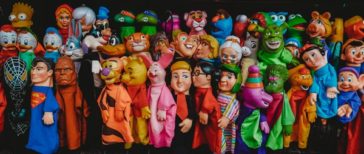Creating Three-Dimensional Main Characters
When the main character in a story is created, the reader needs to be able “see” a fully-formed individual they can connect with and invest in for the duration of the story. He/she cannot be a teetering paper doll or a penciled stick figure struggling to grab and hold the reader’s attention. Let’s see what we can do about that. A Physical Body Would your reader recognize your MC (main character) if they walked into the room? Would you, the … Read More »






